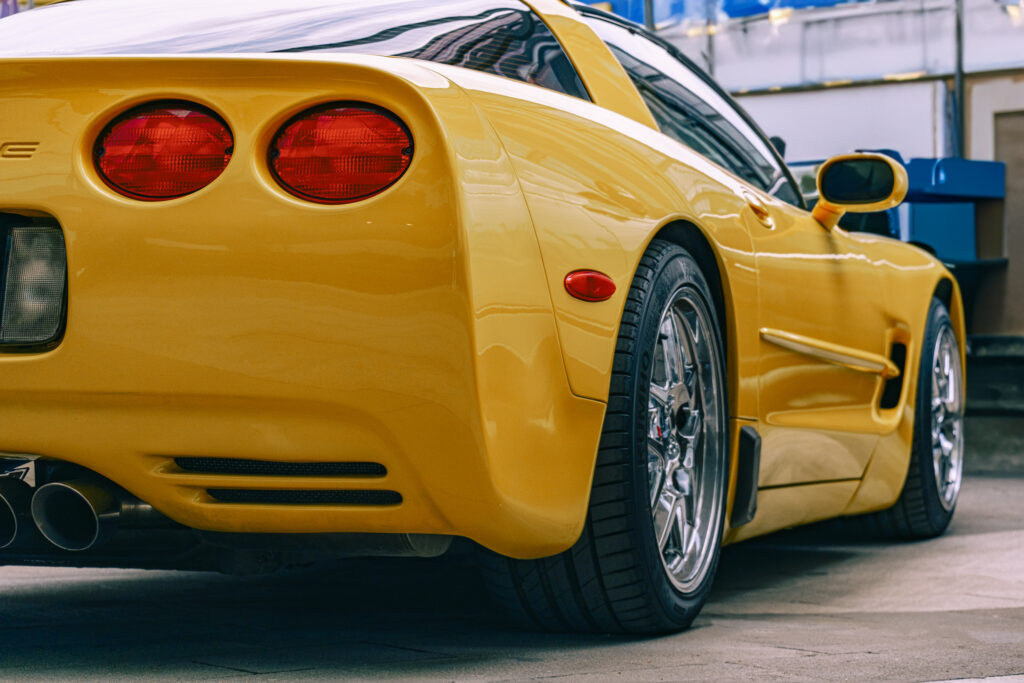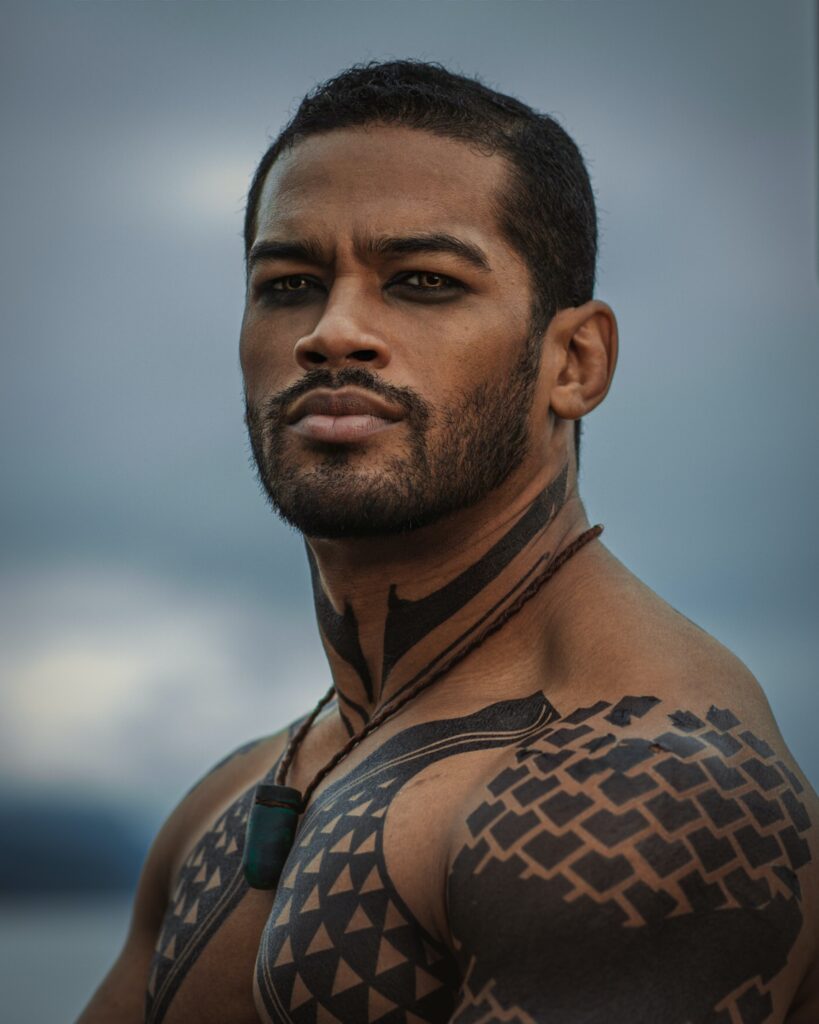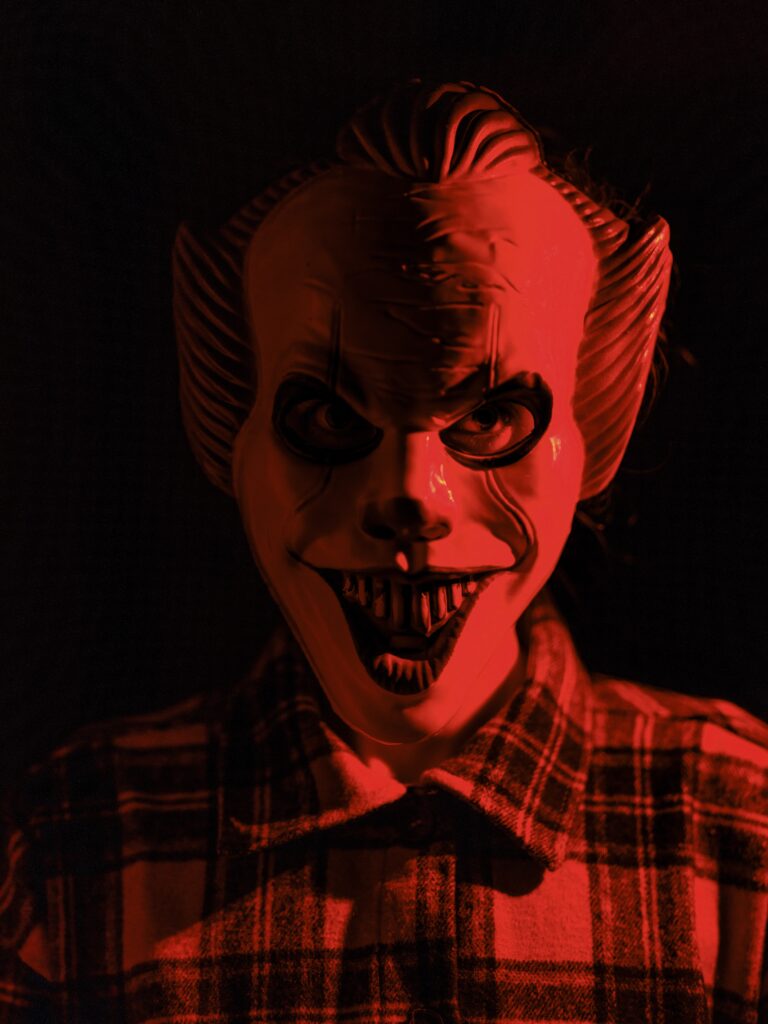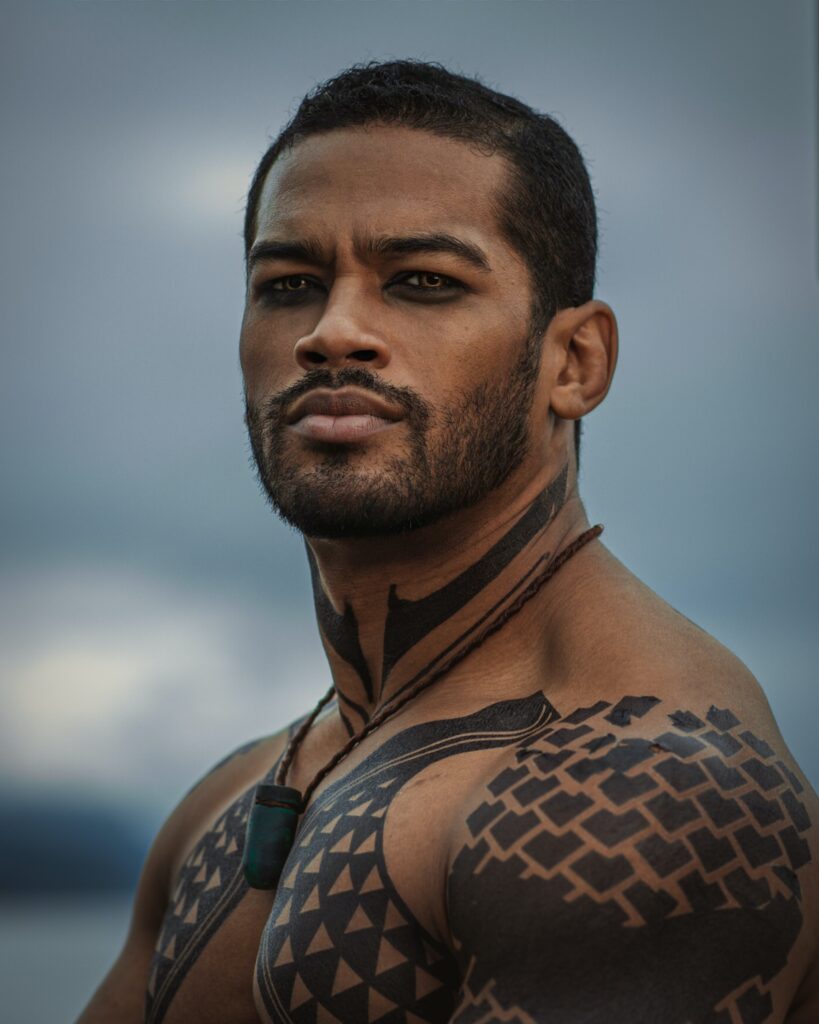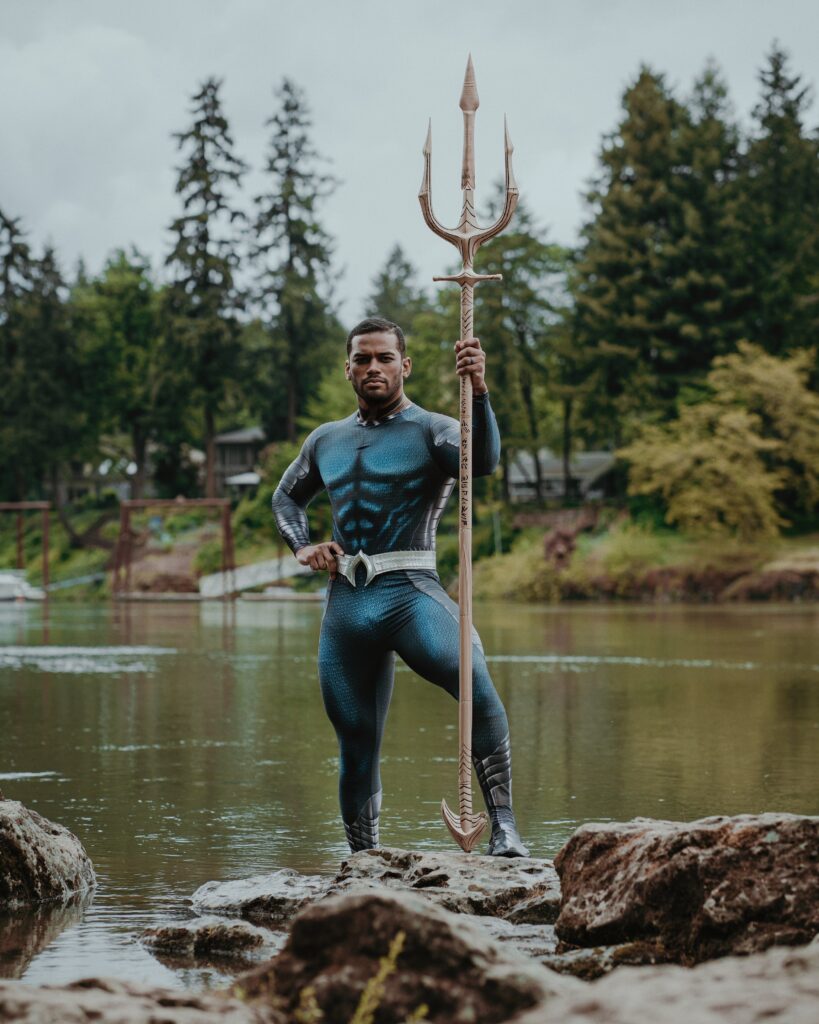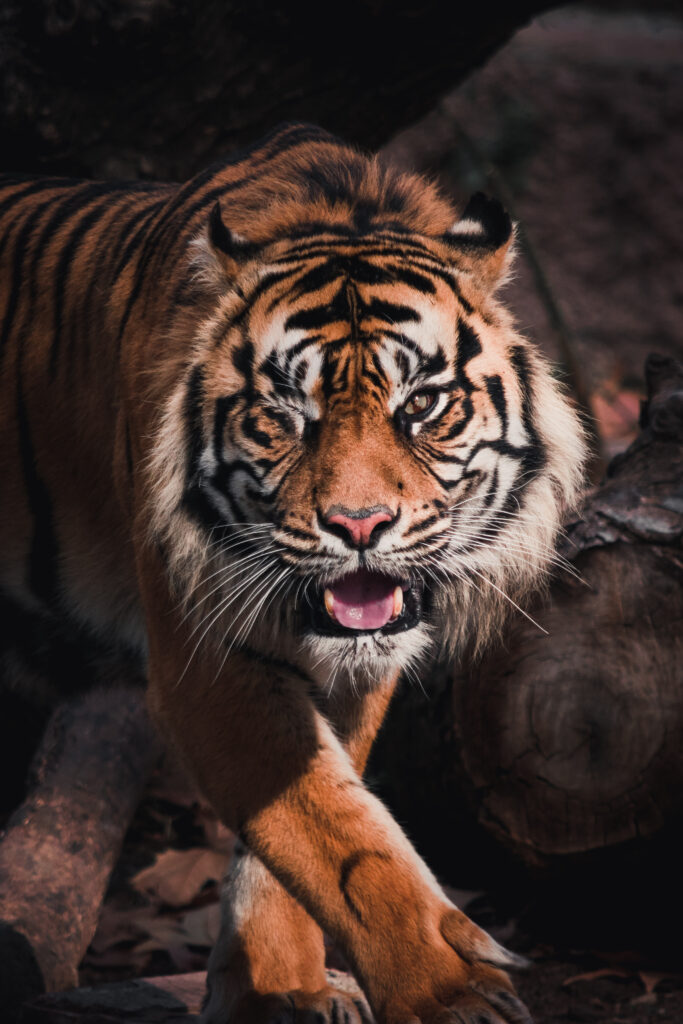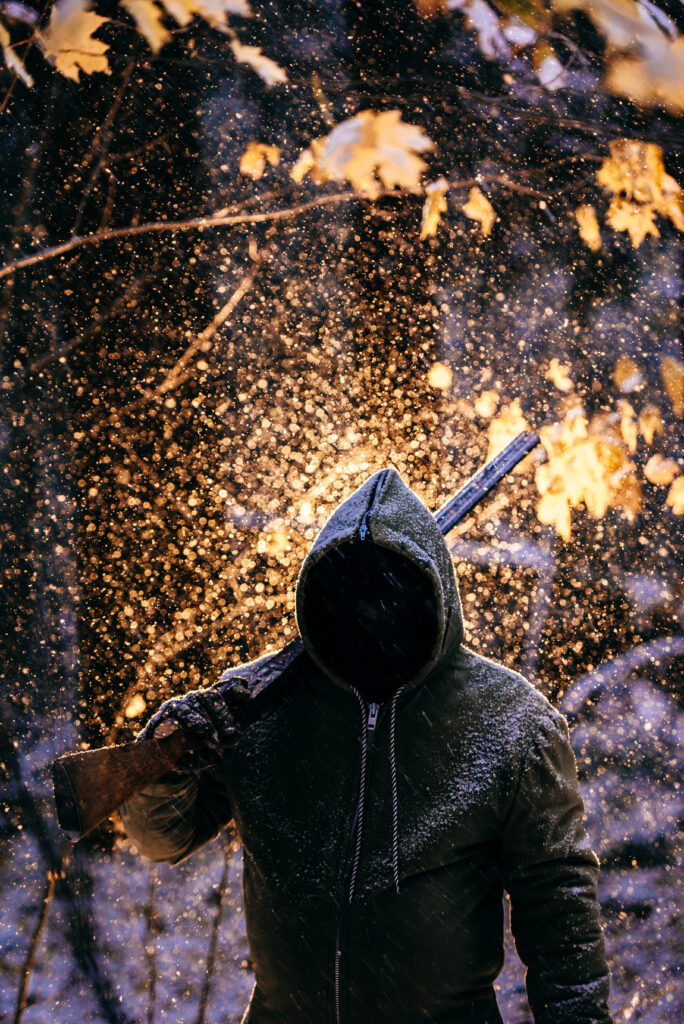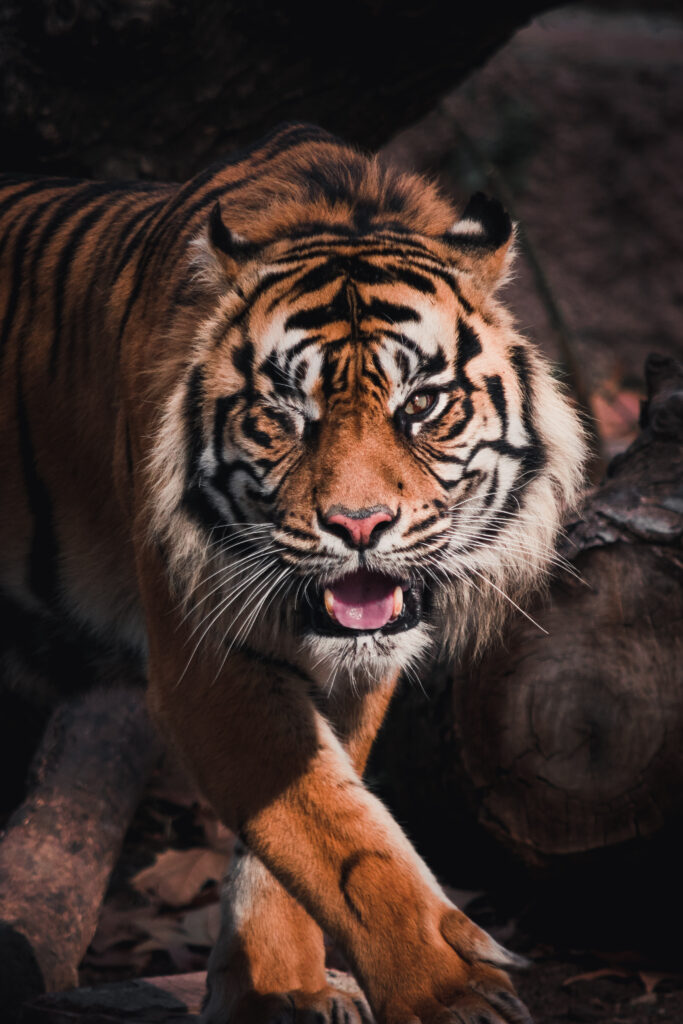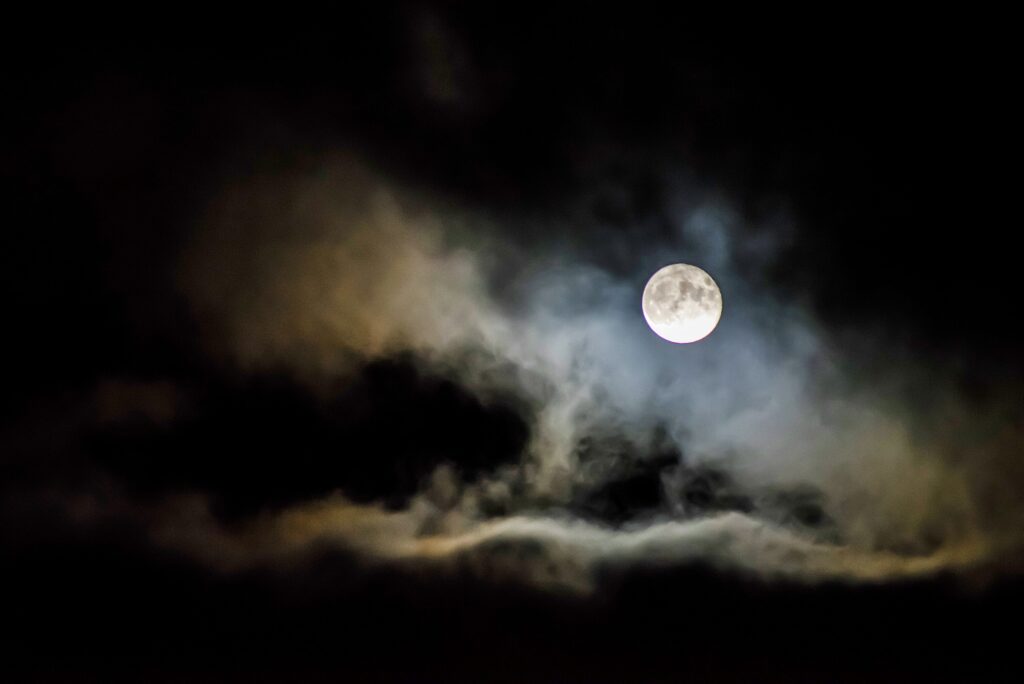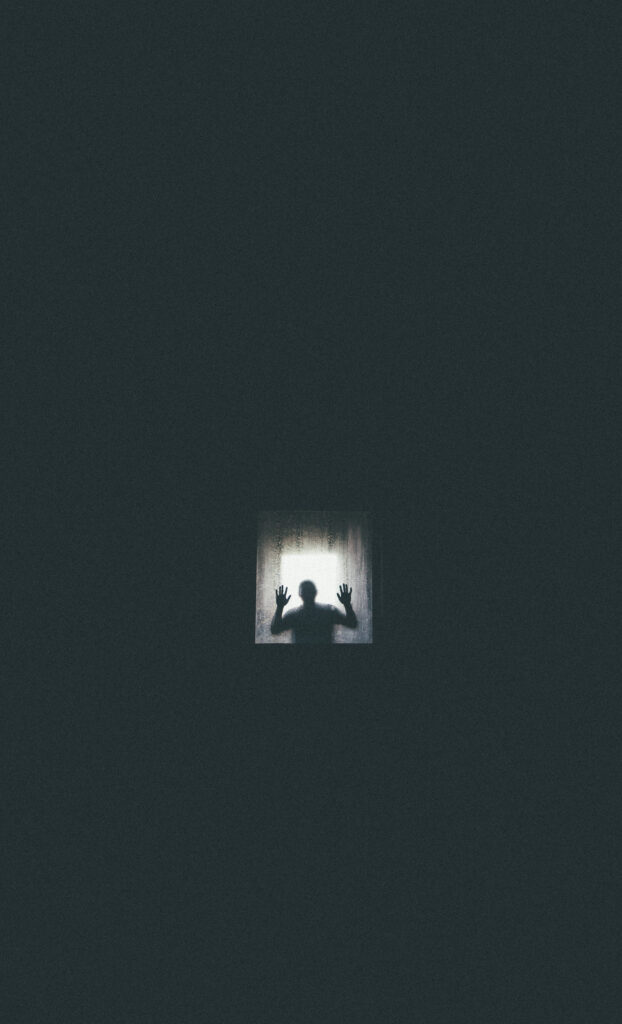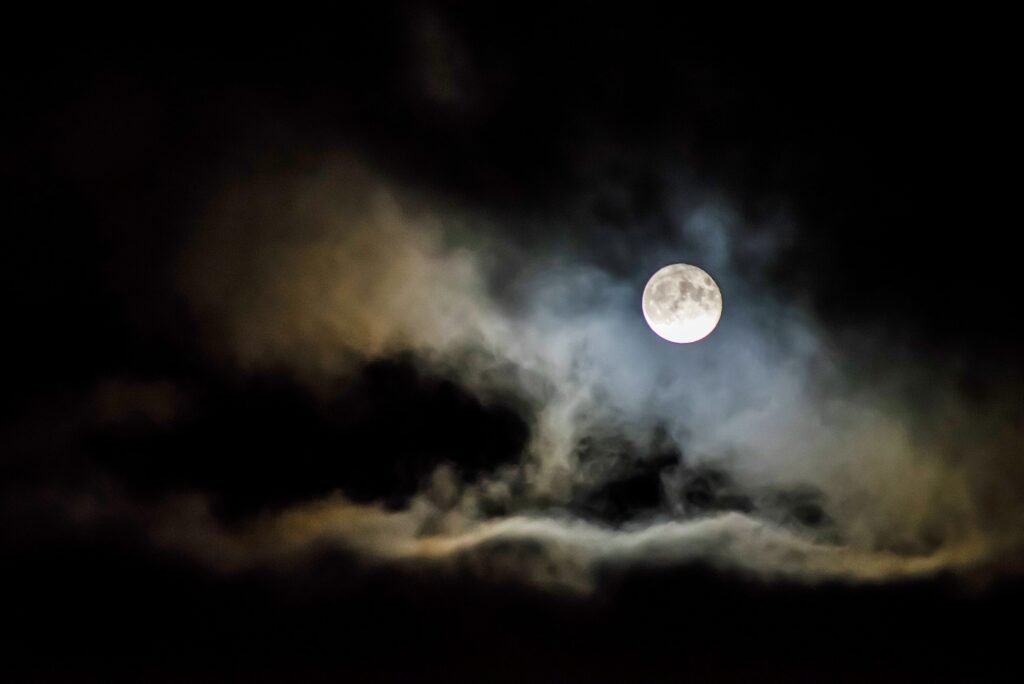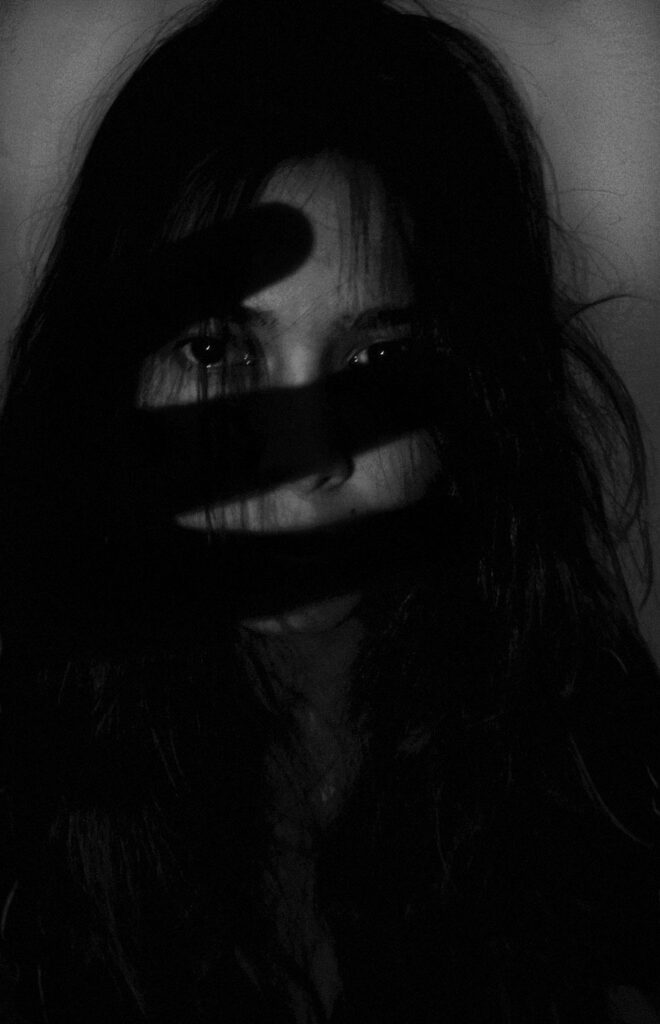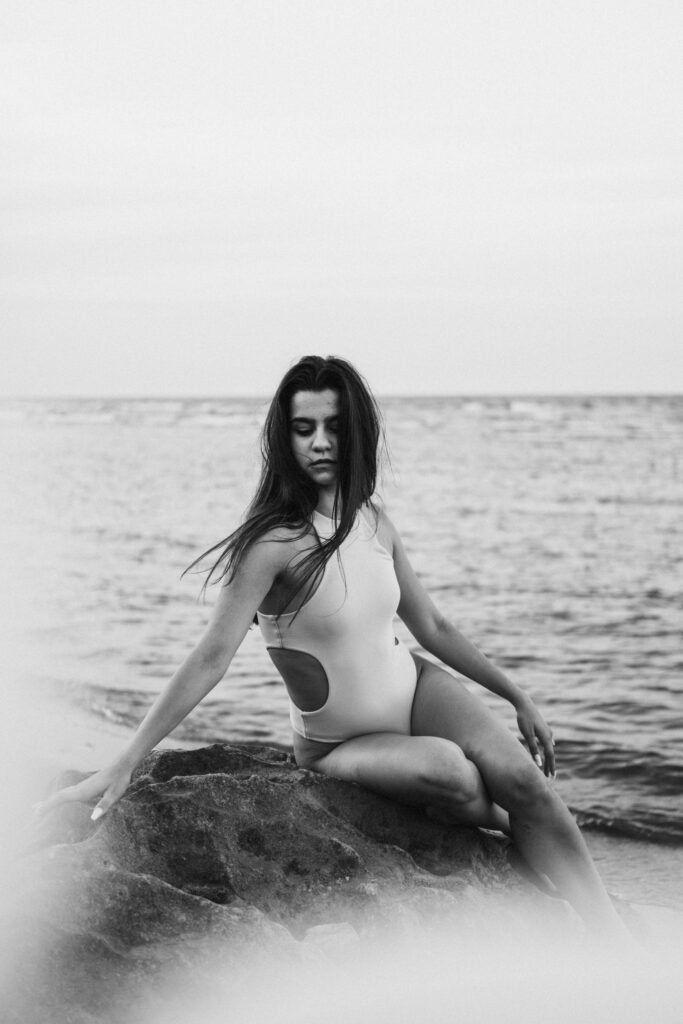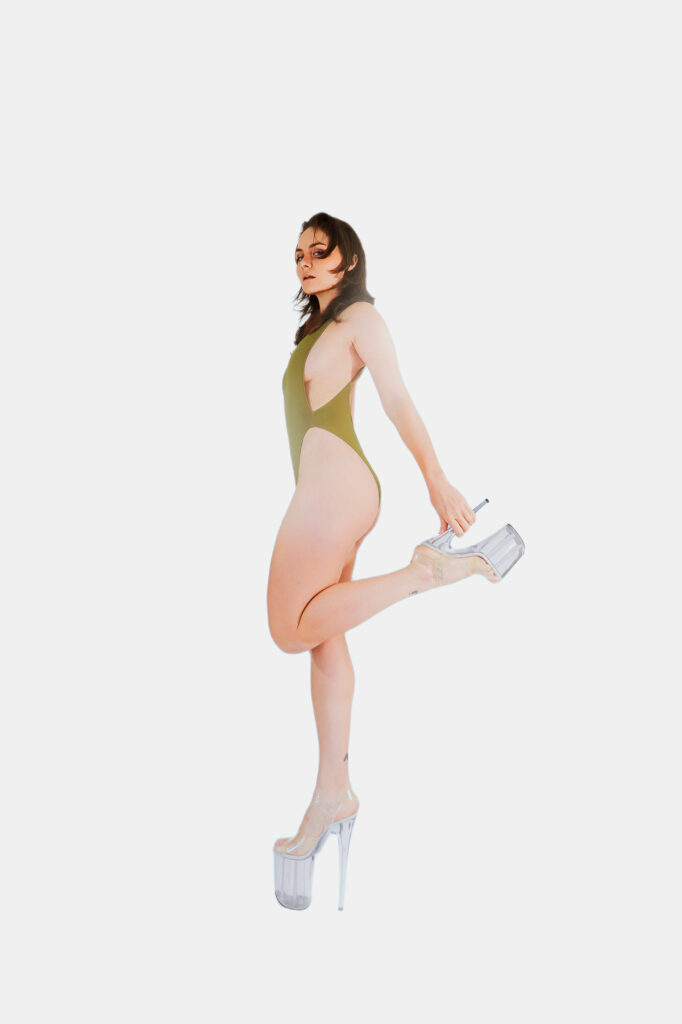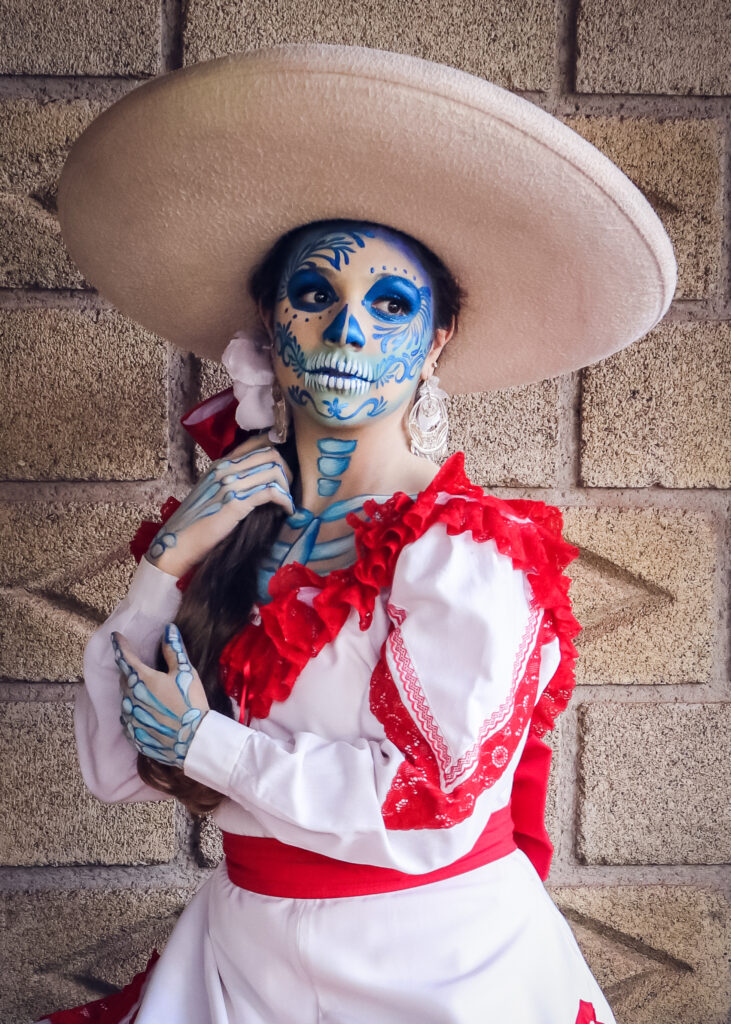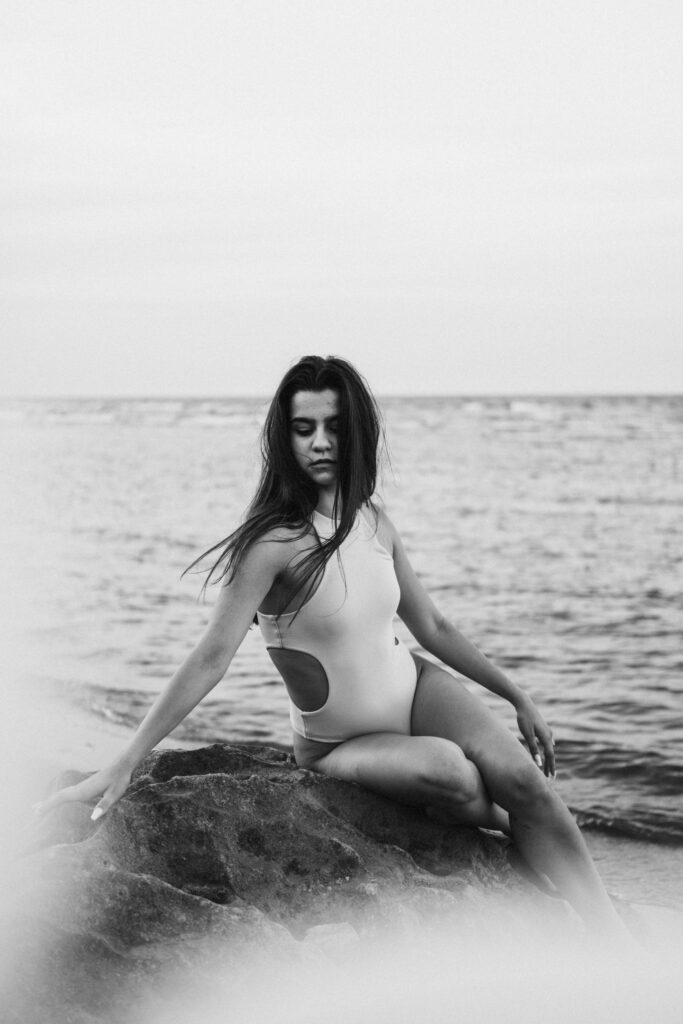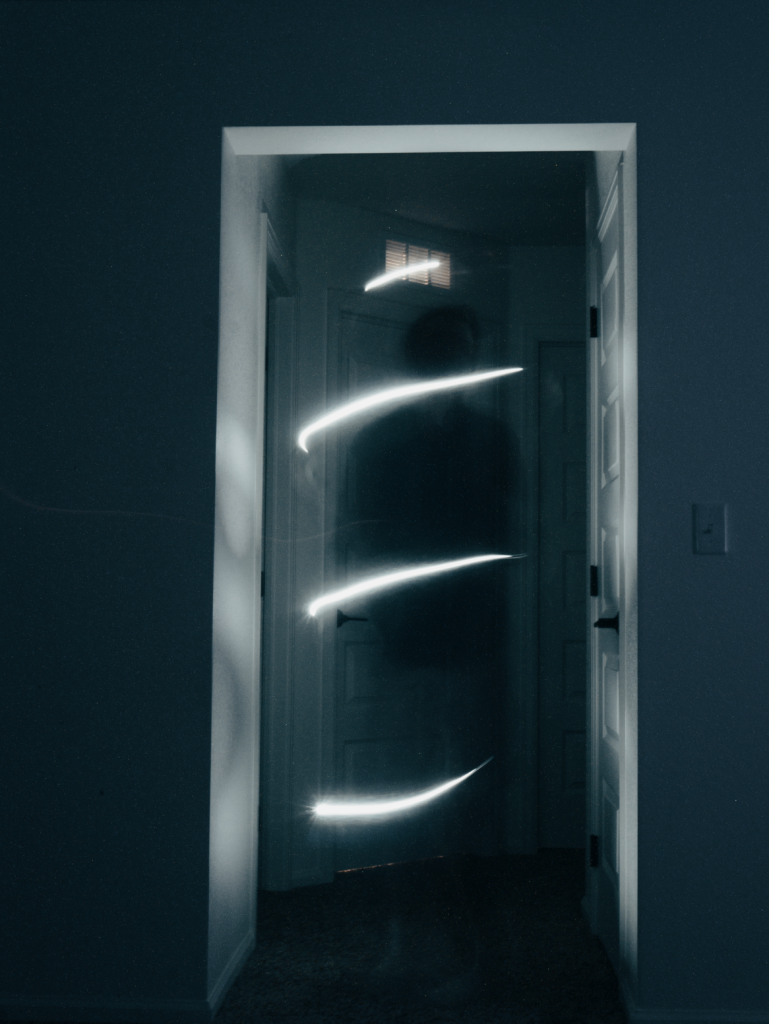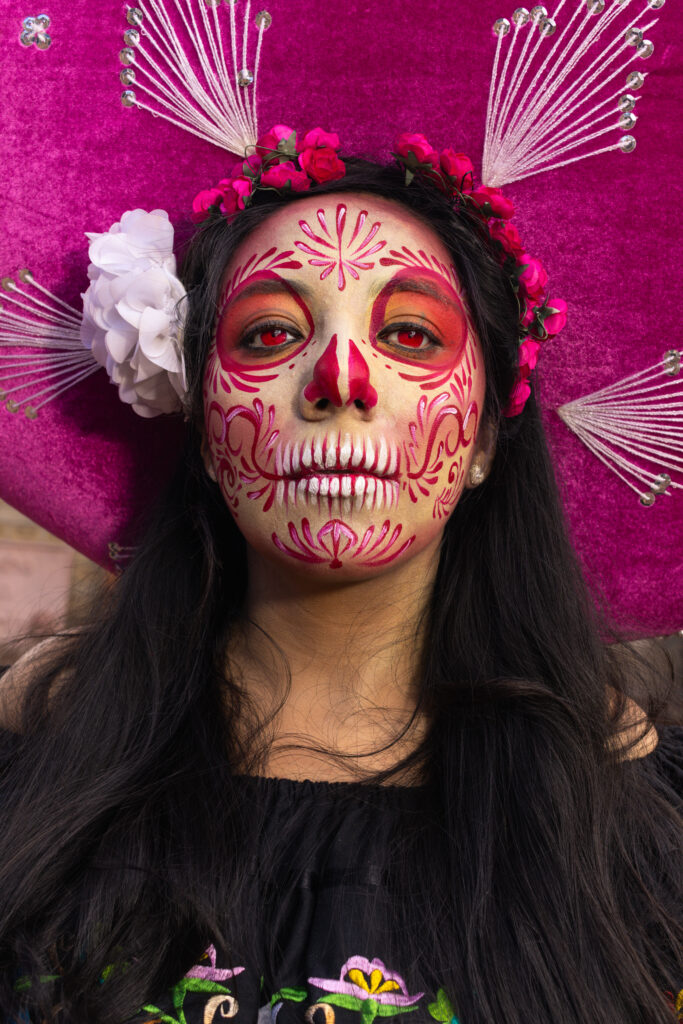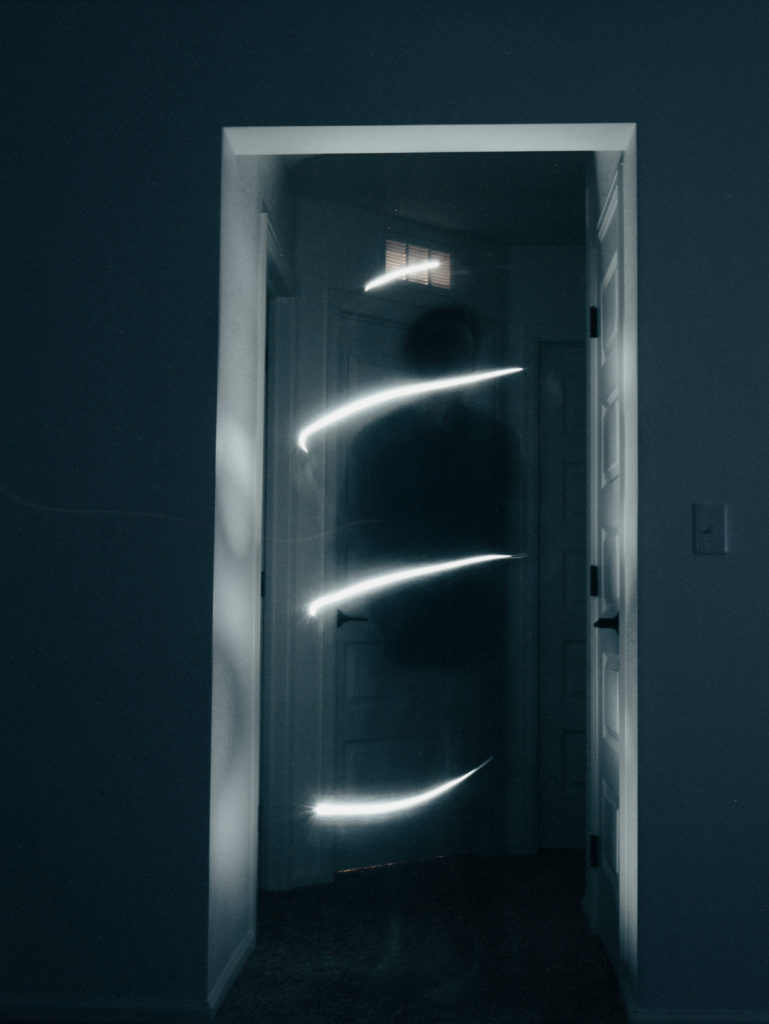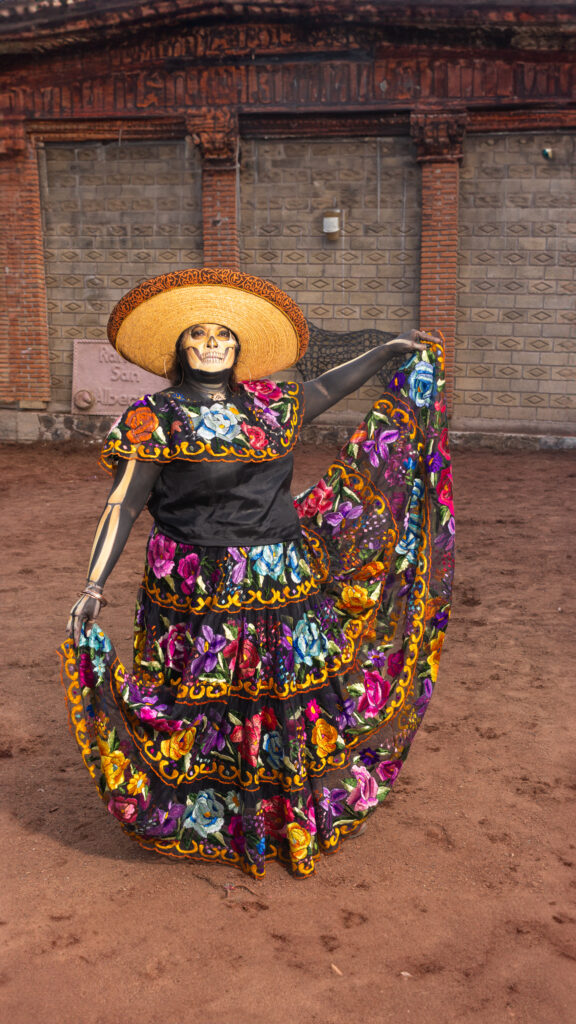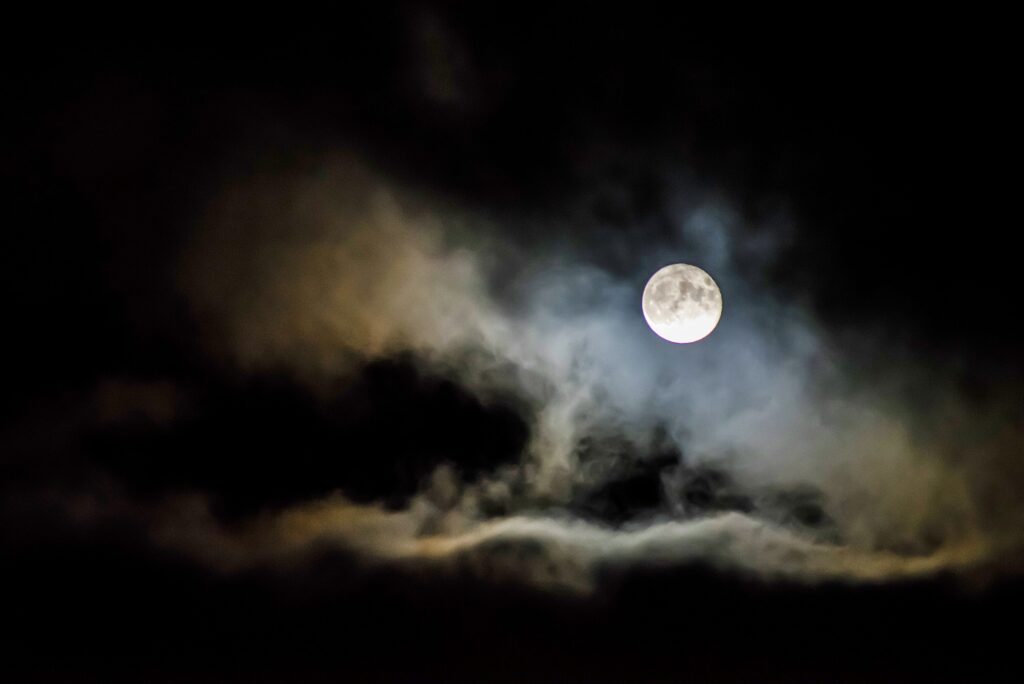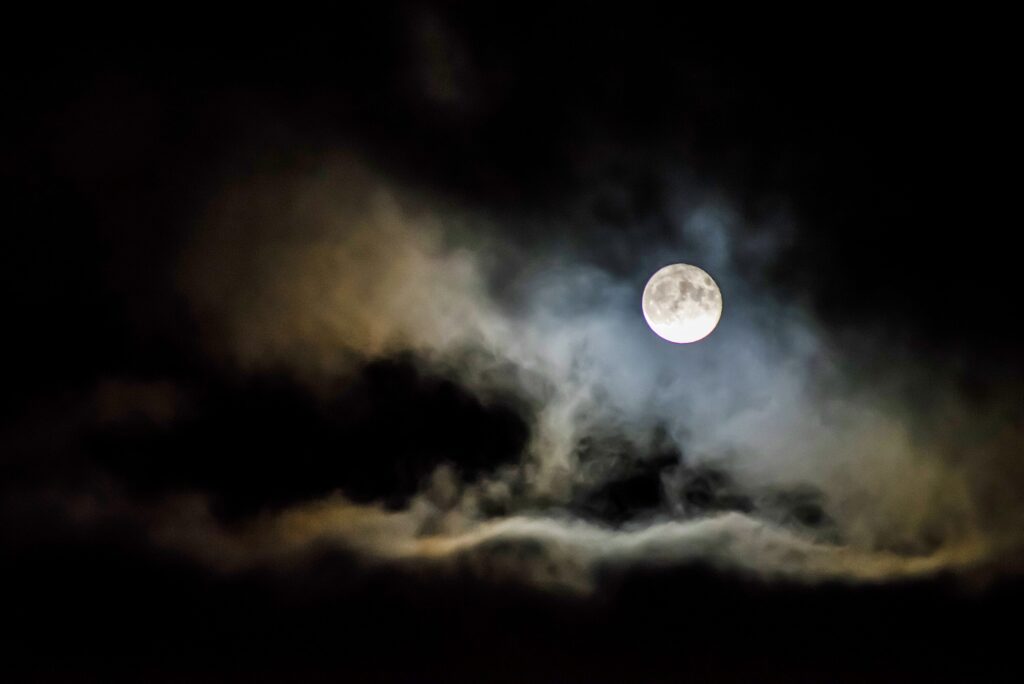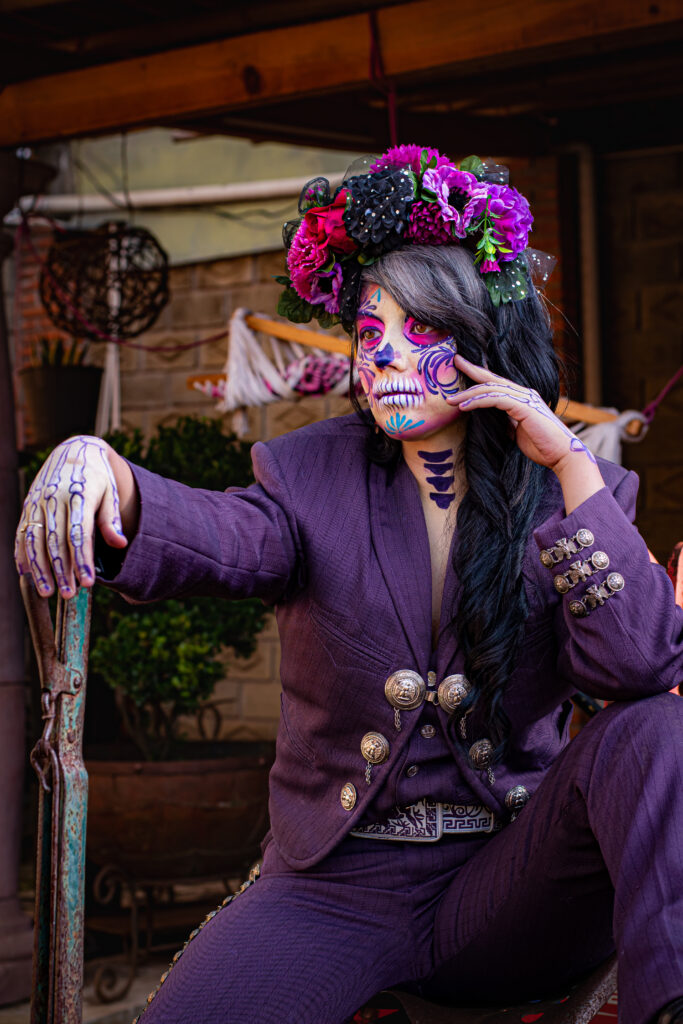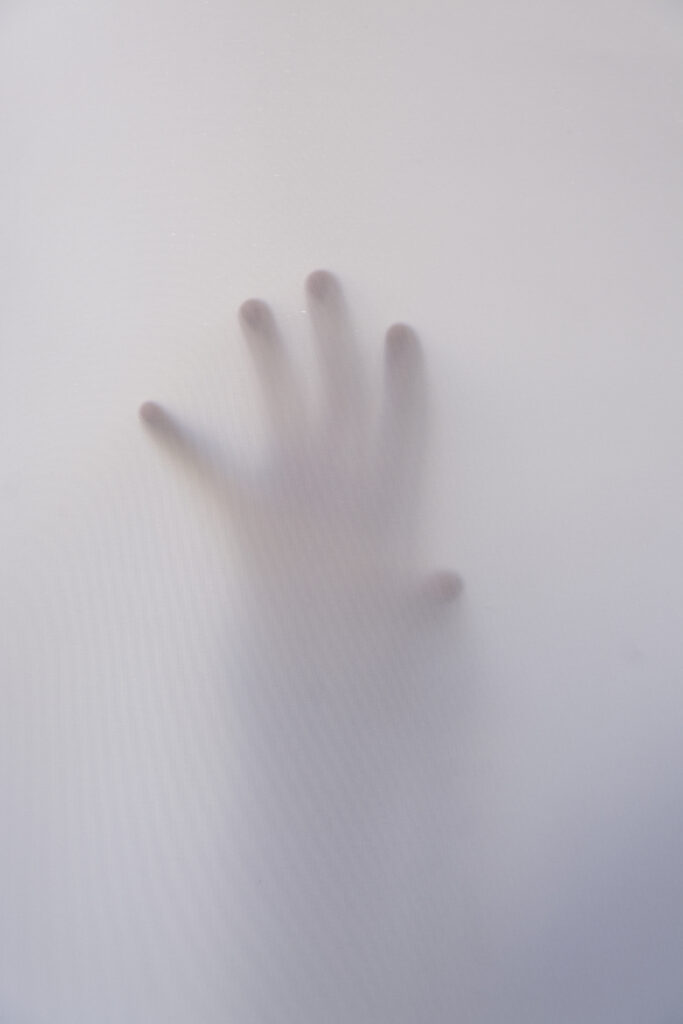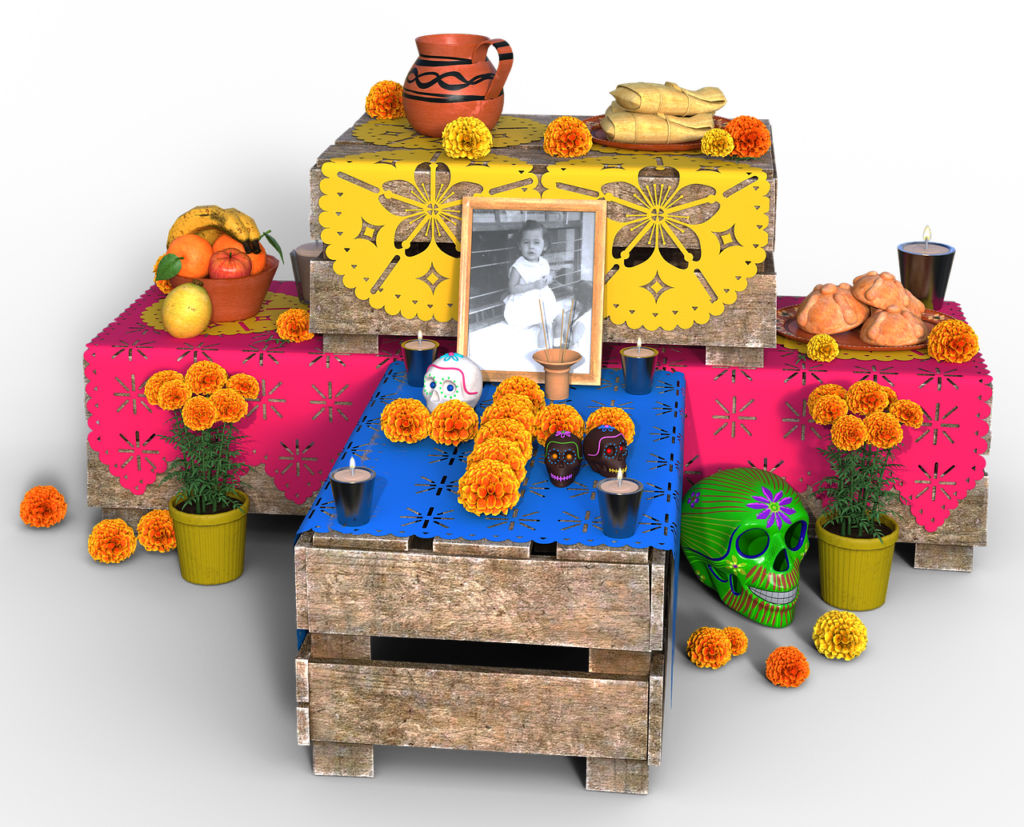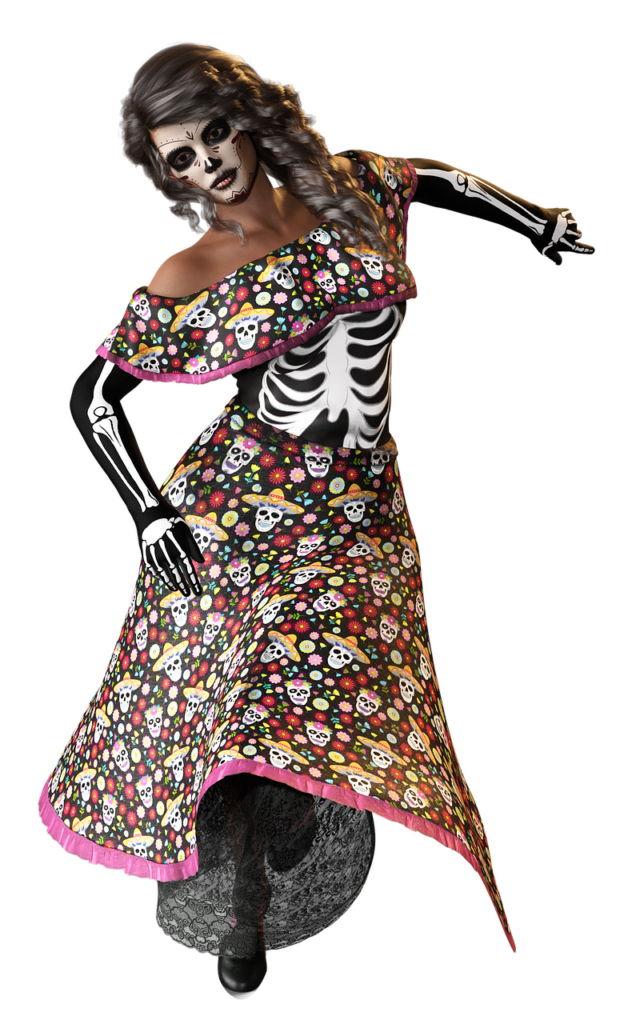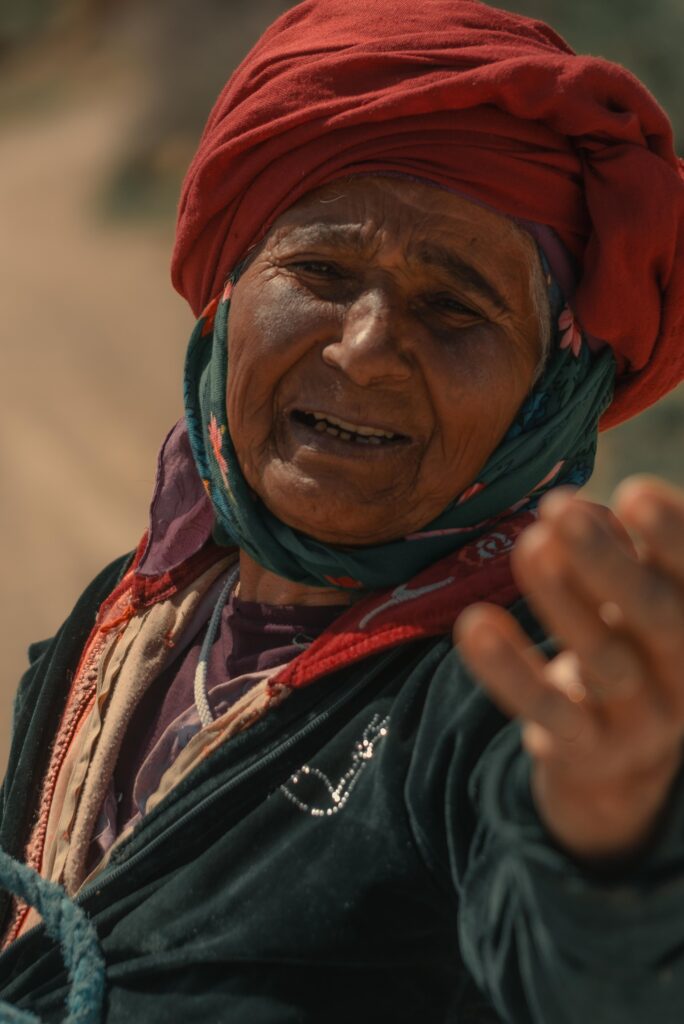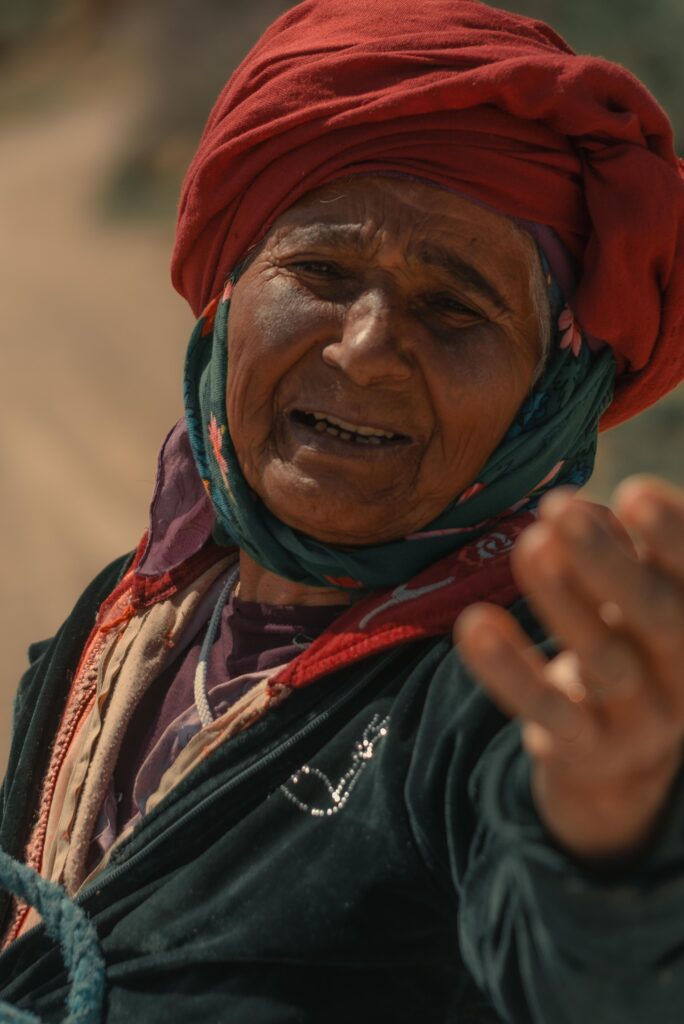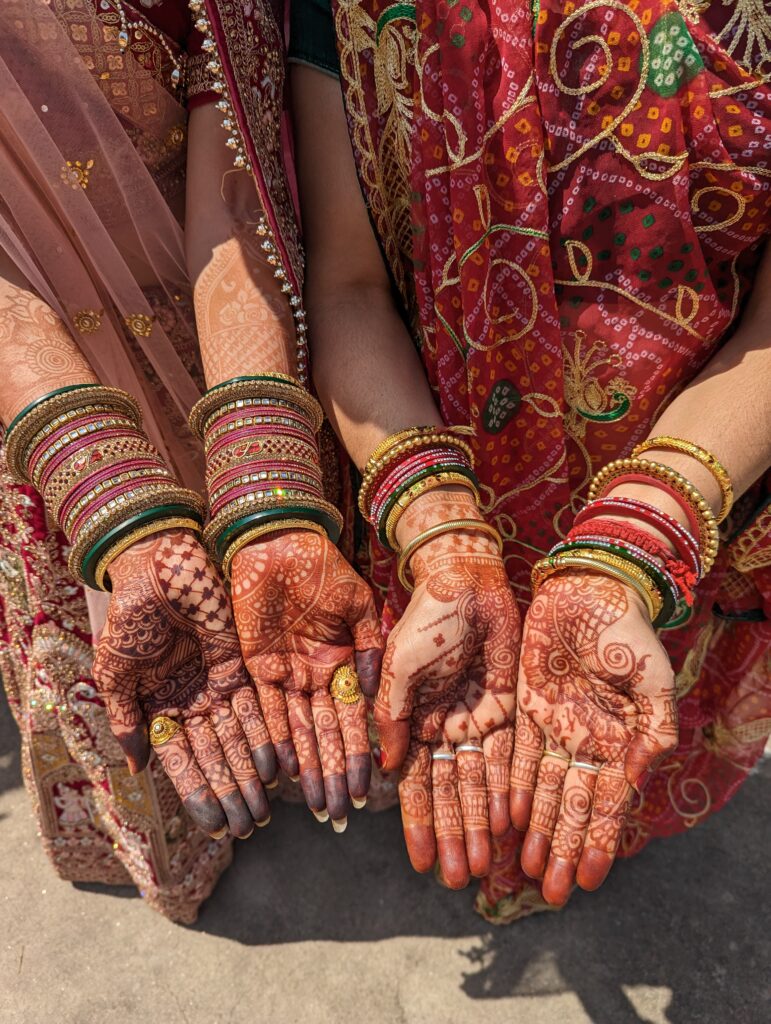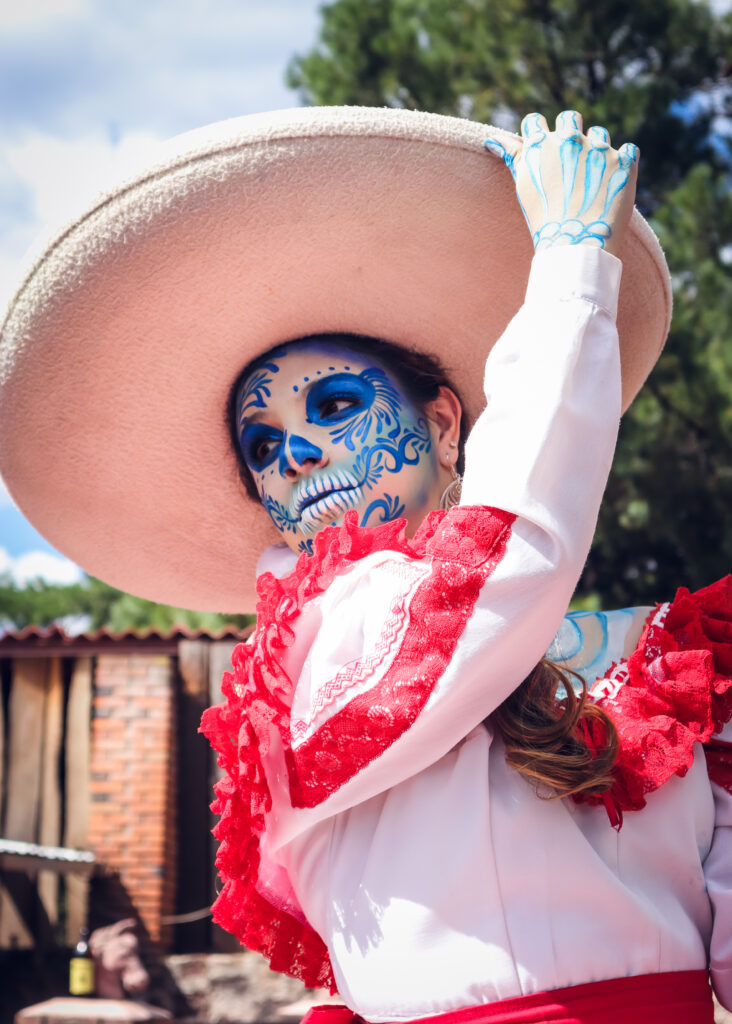Unmasking The Shadow Self: Carl Jung’s Archetypes at Play in Halloween Festivities
Did you ever wonder why we love dressing up on Halloween? This article will tell you all about a man named Carl Jung, who came up with a fun idea called “archetypes”. These are like roles that we often play in our lives, like the hero or the villain. On Halloween, we sometimes dress up as these characters, which Carl believed was a way of showing our “shadow self”. Don’t worry, it’s not as scary as it sounds! In fact, it’s quite fun and exciting, just like exploring a haunted mansion without real ghosts. So, get your favorite costume ready as we journey into a colorful Halloween world full of surprises and discoveries!

This image is property of images.pexels.com.
Understanding Carl Jung’s Archetypes
Who is Carl Jung
Once upon a time, in a land far away, there lived a man named Carl Jung. He was a clever man who enjoyed studying how our minds work. Just like how you may find joy in exploring different parks, Carl Jung loved to explore the human mind.
Concept of Archetypes
Carl Jung introduced the idea of archetypes. An archetype is a pattern or model that we see again and again in stories, films, and even in our dreams. It’s like when you open your coloring book and find the same image, like a tree or a house, showing up on different pages.
Different Categories of Jungian Archetypes
Jung said there are several types of archetypes. Just like there are different kinds of candy in a candy shop. These archetypes include the Hero, the Mother, the Trickster, and the Shadow. Today we will particularly talk about the Shadow archetype.
The Shadow Self – An Essential Archetype
Definition of the Shadow Self
The Shadow is an archetype that represents the darker aspects of our personality. It is like that monster hiding under your bed, that you may be scared to acknowledge or face.
Interpreting the Shadow Self in Psychological terms
In simple words, the Shadow self is like a hidden box in our mind that contains all our fears and naughty thoughts which we don’t want others to see. We all have a Shadow, but it’s not always a bad thing. Recognizing our Shadow can help us learn about ourselves.
The Duality of Shadow in a Human Psyche
Just like a coin has two sides, so does the Shadow. It is the dark side of ourselves, but it also teaches us about courage and resilience. It reminds us that humans can be complex, not always perfect, which can be a good thing because it makes us unique.
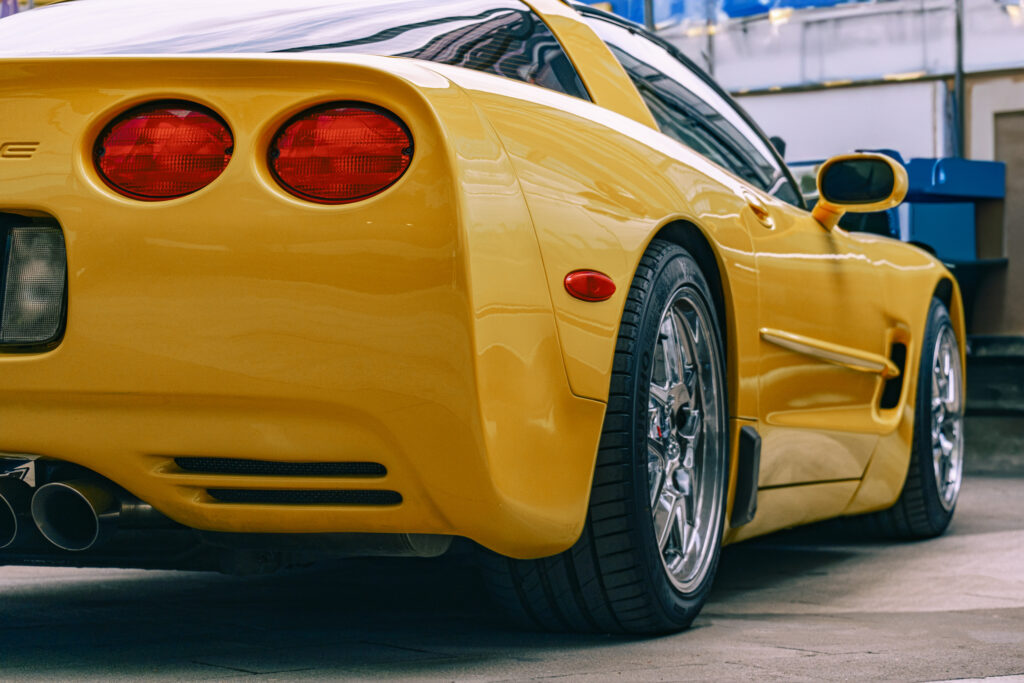
This image is property of images.pexels.com.
Deciphering Halloween Symbols
Historical Context of Halloween
Halloween is a fun holiday where you dress up in costumes, going door-to-door saying ‘Trick or Treat.’ This tradition started a long time ago, in a place quite far away, originally as a way to honor the dead.
Common Symbols and Their Meanings
The holiday is known for unique symbols such as pumpkins, ghosts, and skeletons. These symbols might seem spooky, but they represent different things. For example, jack-o’-lanterns light the path for spirits, while ghosts and skeletons remind us of the close relationship between life and death.
Archetypes Embodied in Halloween Symbols
The symbols of Halloween are a showcase of certain archetypes. Ghosts might represent our Shadow side–the parts of us we hide or are afraid of. The fun part of Halloween is we get to explore these Shadows through the traditions and symbols we see.
Archetypal Interpretation of Halloween Characters
Ghosts and the Undead
Ghosts and undead characters in Halloween tales are like the darker sides of our personalities that we sometimes ignore. They show up to remind us that we should face our fears and understand ourselvess better.
Witches and Wizards
Witches and wizards are exciting and mysterious characters. They hold powers and knowledge that regular folks do not have. This can remind us that we all have unique and powerful abilities inside us.
Monsters and Imaginary Creatures
Monsters and imaginary creatures like vampires or werewolves represent our wild imagination and hidden fears. They are the perfect example of Carl Jung’s Shadow Self, showing us that sometimes, the things we find scary can also be interesting and exciting.
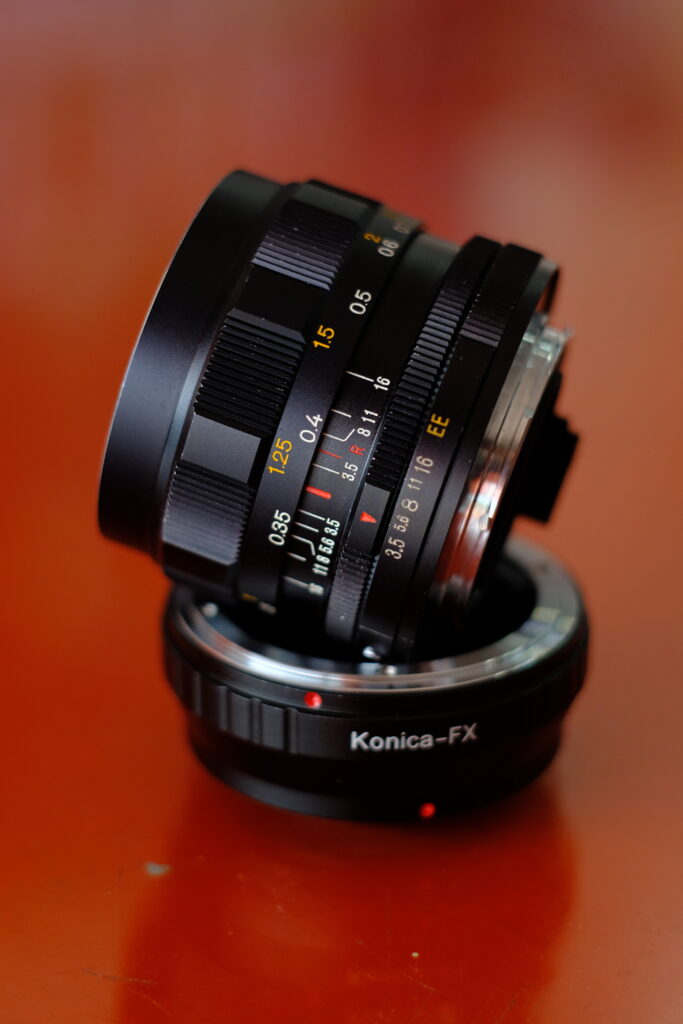
This image is property of images.pexels.com.
Analyzing the Shadow Self in Halloween Costumes
Common Halloween Costumes and Their Archetypal Connotations
When you pick a Halloween costume, you are often choosing to become a character that you find interesting or fun. It could be a brave superhero, a wicked witch, or a funny clown. Each of these choices can tell us a bit about your personality and what you may admire or fear.
The Thrill of Embracing Our Dark Side – Temporary Embodiment of the Shadow Self on Halloween
Halloween allows us to show our Shadow Selves by dressing up in different costumes. It’s like playing a fun game where we get to be someone else for a short while. So even if you dress up as a mummy or a monster, it does not mean you are scary! It’s just a way to explore different parts of yourself.
Interpreting the Societal Fascination with Macabre and Grotesque Costumes
People often like to dress up in costumes that are spooky or creepy. This might seem strange, but it’s not. It can be a way for us to face and understand our fears, and that can make us feel brave and strong.
Exploring Jungian Archetypes in Halloween Movies and Pop Culture
Popular Halloween Movies and Their Archetypal Narratives
Halloween movies often have characters and stories that showcase different archetypes. Whether it’s a brave hero facing a spooky villain, or a naughty trickster causing trouble, these stories help us understand and learn from these archetypes.
Role of Jungian Archetypes in the Success of Horror Genre
Horror movies are successful because they tap into our fears and teach us about our Shadow selves. These movies use archetypes such as the Monster to explore our darker sides. But remember, it’s all just make-believe!
Shadow’s Manifestation in Halloween Themed Music and Literature
Halloween music and books also use the Shadow archetype to create spooky and exciting stories. The creepy music and scary tales may make your heart race, but they also help us understand and embrace our Shadows.
Significance of the Shadow Self in Halloween Traditions
Archetype of the ‘Dark Other’ in Trick-or-Treating
When playing Trick-or-Treating, you might pretend to be a vampire or a werewolf. This can be a fun way to become the ‘Dark Other,’ trying on a different Shadow self for the night!
Ritualistic Release of the Shadow through Halloween Pranks
Halloween pranks are another way we can explore our Shadows. They help us understand that sometimes, being a little mischievous can be a healthy way to express our inner selves.
Halloween Haunted Houses and the Fascination with Fear and Death
Haunted houses are full of spooky surprises and scares. This fascination with fear reminds us that it’s okay to be scared sometimes, and it can even be fun!
The Shadow Self in Halloween’s Fear Factor
Understanding the Psychological Attraction to Fear
Attraction to scary things like horror movies or haunted houses can be a way for us to confront our Shadow selves. It allows us to meet our fears in a safe and fun environment.
Scaring Ourselves as a Way of Embracing and Confronting our Shadow
Halloween is all about the fun of fear. It’s like riding a scary roller coaster – it’s thrilling and exhilarating, but still safe. This helps us learn that fear can be overcome, teaching us bravery and resilience.
Symbolic Death and Rebirth – Halloween as a Rite of Passage
Wearing a costume or mask can symbolize a kind of death and rebirth. By pretending to be someone else for a bit, we learn more about ourselves, reinforcing the idea that Halloween is more than just candy and costumes, but also a journey of self-discovery.
Navigating the Jungian Archetype’s Influence on Halloween’s Evolution
How our Collective Unconscious Shapes Halloween over the Years
Like how seasons change, so does Halloween. The way we celebrate this holiday has changed over the years, and Jung’s archetypes, especially the Shadow, have played a role in this evolution.
Changes in Costume Trends – A Reflection of our Changing Shadow
Just like we grow and change, so do our costumes. They reflect the things we adore, fear, or find exciting at a given point. It’s fascinating to see how our Shadow Selves shape the costumes we choose.
Role of Popular Media in the Transformation of Halloween Rituals and Celebrations
Movies, books, music, and even video games can influence Halloween rituals and celebrations. They introduce new characters and stories that can inspire new costumes and adventures.
The Halloween Junkie Take
Why do we Love Halloween – An Analytical Perspective
You might enjoy Halloween because of the candy, costumes, and fun scares. But it’s also a journey to understand our Shadow and learn something new about ourselves.
Personal Reflections – Embracing my own Shadow on Halloween
Just like you, I look forward to letting my Shadow Self out to play every Halloween. It’s thrilling to face my fears and embrace the adventure.
Closing Thoughts – Halloween as a Mirror to our Collective Unconscious
As we say goodbye, remember that Halloween isn’t just about spooks and frights. It’s a magical mirror reflecting our unique selves. So, whether you dress up as a ghost, a superhero, or a fairy princess, remember that you’re playing a fun game with your Shadow self, discovering something wonderful about who you are.
Unmasking The Shadow Self: Carl Jung’s Archetypes at Play in Halloween Festivities Read More »

